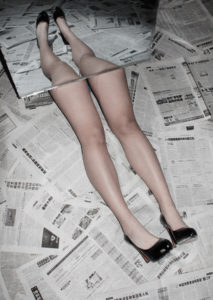Week 1
The focus of your study and research this week is natural landscapes and the notion of ROMANTICISM in Landscape Art and then later, Photography.
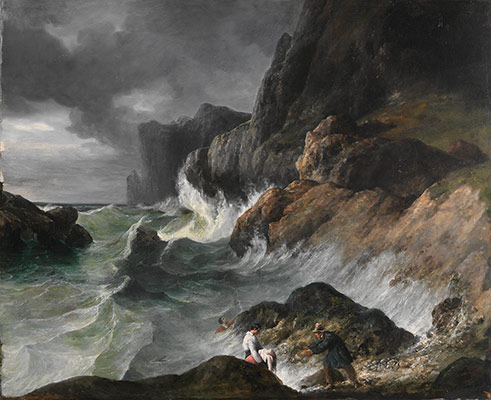
Department: European Paintings
Working Date: (1830)
RESEARCH
The Age of The Enlightenment (1700-1800ish)
VS
The Age of Romanticism (1800-1900ish)
“Writers and artists rejected rationalism for the same reason that rationalism was rejected by the movement as a whole- it was in rejection of Enlightenment, which had sucked emotion from writing, politics, art, etc. Writers and artists in the Romantic period favored depicting emotions such as trepidation, horror, and wild untamed nature.”
“The ideals of these two intellectual movements were very different from one another. The Enlightenment thinkers believed very strongly in rationality and science. … By contrast, the Romantics rejected the whole idea of reason and science. They felt that a scientific worldview was cold and sterile.”

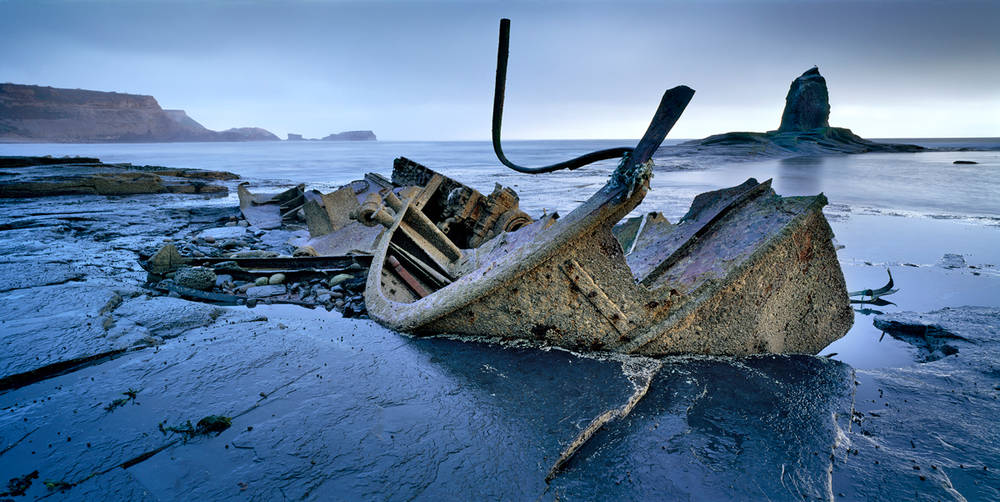
Blog Post 1: Define, describe and explain Romanticism (in landscape photography). Include a mood-board of appropriate images. Include at least 1 x hyperlink to an appropriate and relevant website. Embed an appropriate and relevant video / podcast.
Blog Post 2: Create an in-depth case study that analyses and interprets the work of a key landscape photographer…
Ansel Adams / f/64 group / Edward Weston / Fay Godwin / Hiroshi Sugimoto / Minor White etc
Remember you MUST use TECHNICAL / VISUAL / CONTEXTUAL / CONCEPTUAL to analyse effectively a key image…
Blog Post 3: add your contact sheet / select your best 5-10 images / 1 x final image / include edits and screen shots to show process
- analyse and evaluate your images and process
- show your understanding of composition, exposure, control of light, and effective use of lenses to create NATURAL landscape images that range from wide angle to telephoto as a response to how your choice of photographer(s) developed the genre…
Use your research to help guide you when taking your own photographs…
- create a mind-map / mood-board of potential locations around Jersey that you could record and create romanticized landscape photographs of….look for extremes (either calm or wild, derelict, desolate, abandoned or stormy, battered and at the mercy of nature)
- use the wild and dynamic weather and elements to help create a sense of atmosphere, and evoke an emotional response within your photo assignment
- aim to photograph the coastline, the sea, the fields, the valleys, the woods, the sand dunes etc
- photograph in the “golden hour” before dark, at sunset or during sunrise…and include rain, fog, mist, ice, wind etc in your work
- look for LEADING LINES such as pathways, roads etc to help dissect your images and provide a sense of journey / discovery to them
EXTENSION TASK: EXPOSURE BRACKETING AND HDR IMAGERY
Exposure bracketing means that you take two more pictures: one slightly under-exposed (usually by dialing in a negative exposure compensation, say -1/3EV), and the second one slightly over-exposed (usually by dialing in a positive exposure compensation, say +1/3EV), again according to your camera’s light meter.

High Dynamic Range
HDR stands for high dynamic range, and it essentially takes a series of images, each shot with a different exposure from darkest to lightest. HDR combines the best parts of the three overexposed, underexposed, and balanced shots to create a dramatic image with beautiful shadowing and highlights

HDR adjustments in Adobe Lightroom click here
HDR adjustments in Adobe Photoshop click here
Task : try a few variation of exposure bracketing and then try using HDR controls to create the exposures that you want…you may already have pre-sets on your phone or camera to help you do this, but experimenting manually will help your understanding!
Ensure that you include the following key terms…
- Composition (rule of thirds, balance, symmetry)
- Perspective (linear and atmospheric, vanishing points)
- Depth (refer to aperture settings and focus points, foreground, mid-ground and back-ground)
- Scale (refer to proportion, but also detail influenced by medium / large format cameras)
- Light ( intensity, temperature, direction)
- Colour (colour harmonies / warm / cold colours and their effects)
- Shadow (strength, lack of…)
- Texture and surface quality
- Tonal values ( contrast created by highlights, low-lights and mid-tones)
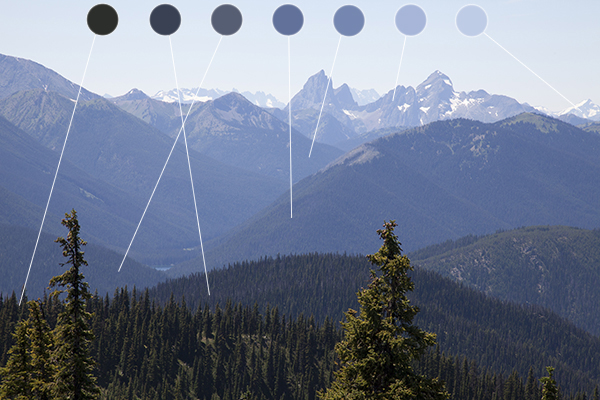
Atmospheric Perspective
VS

Linear Perspective
Good Luck!


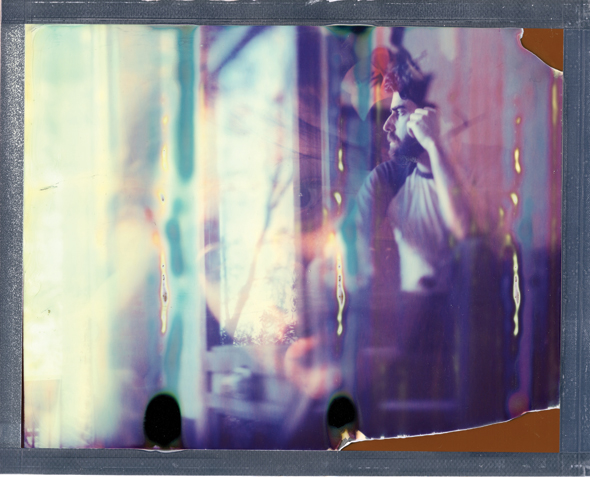
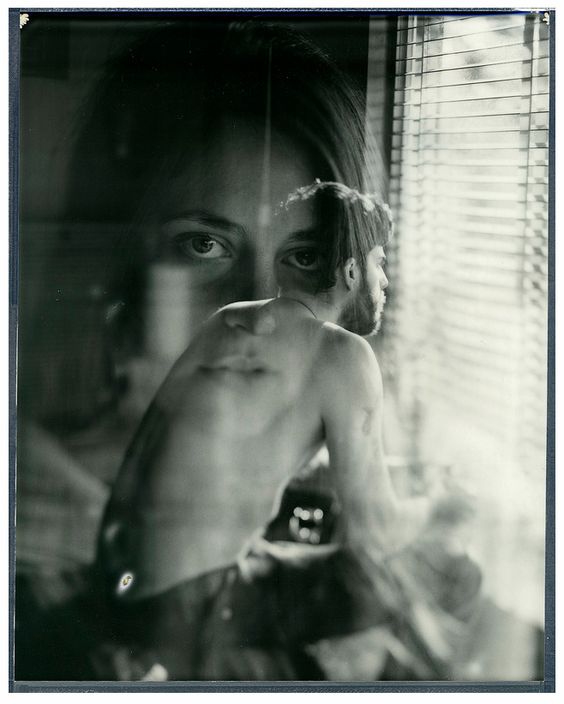


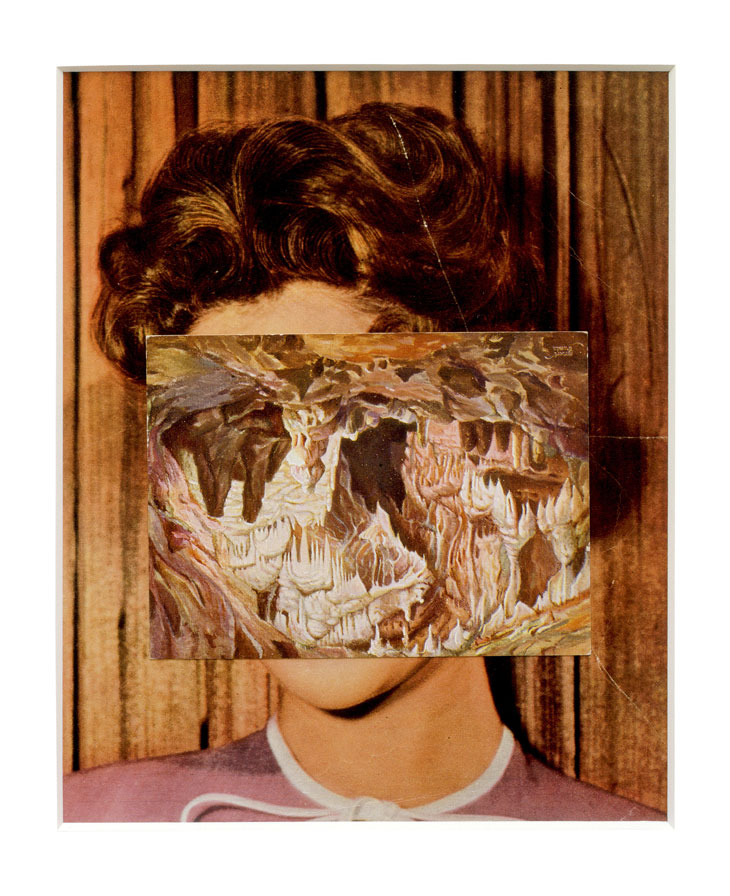
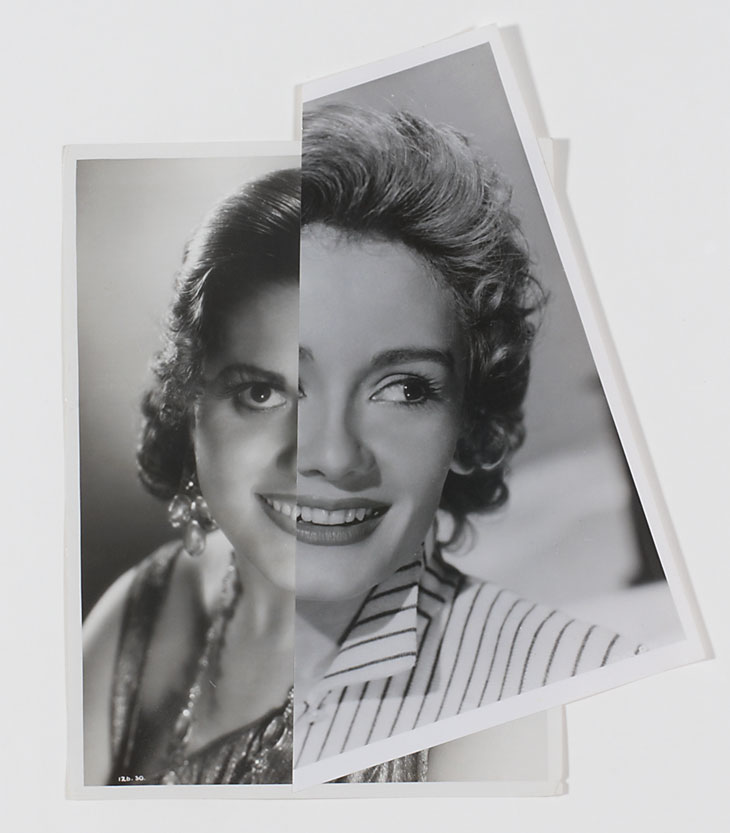
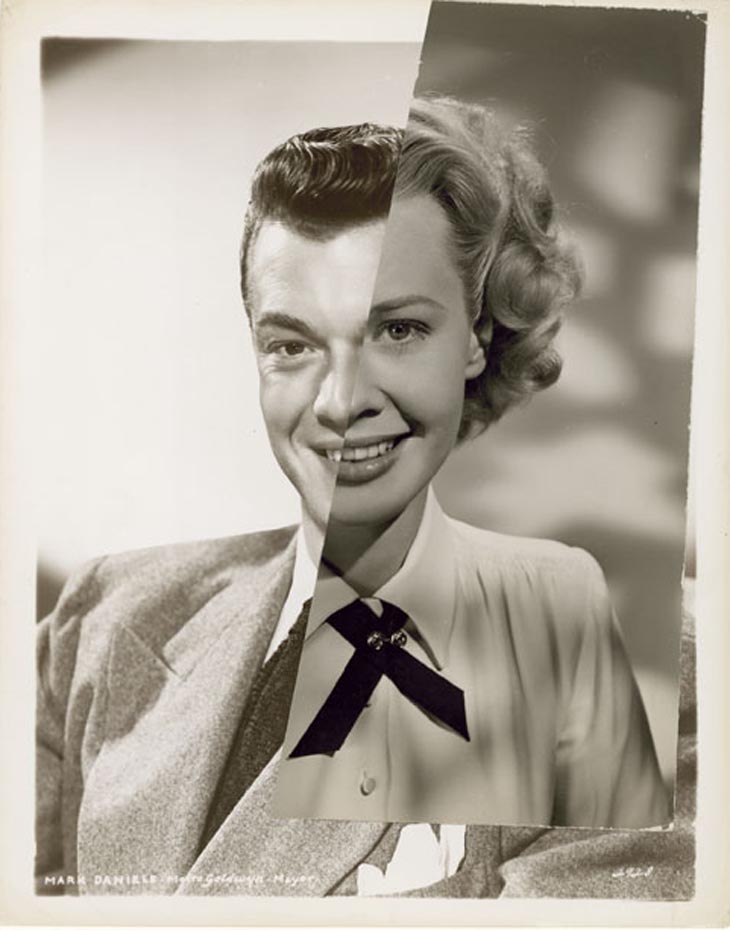







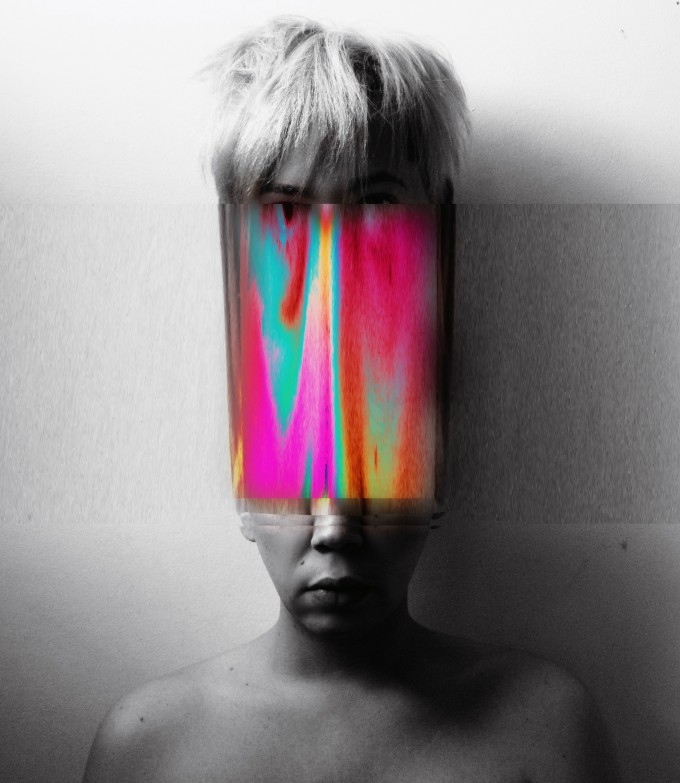
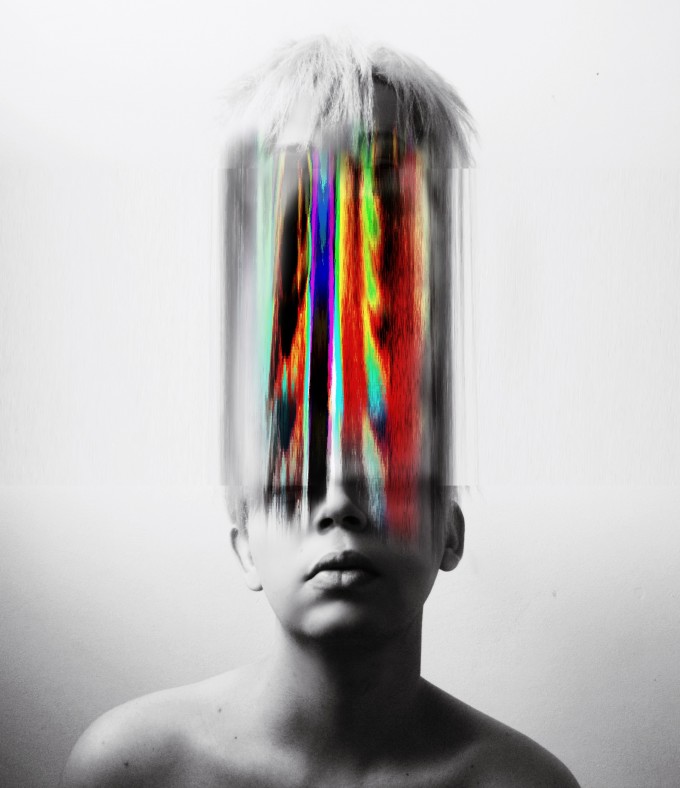



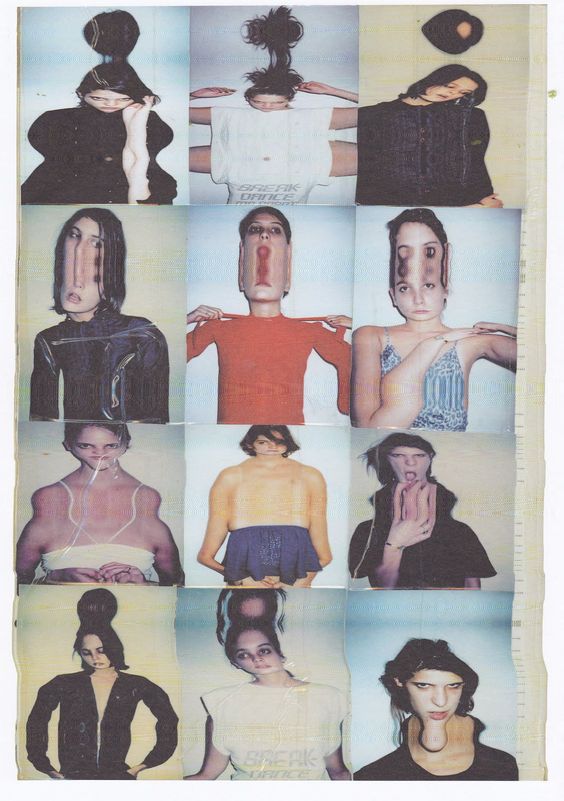
 Wang Wei is a fashion photographer based in Bejing who specializes in analog photography. Each of his photos are highly expressive and colourful. Wei's photos mainly capture realistic and completely unadulterated scenes of todays youth.
Wang Wei is a fashion photographer based in Bejing who specializes in analog photography. Each of his photos are highly expressive and colourful. Wei's photos mainly capture realistic and completely unadulterated scenes of todays youth. Wei's photos are diverse in themes of identity, some of his photos hide it through the use of blur, mirrors, light and shadow. Others express and exhibit someones identity in a photograph through the use colour and tableau. The use of strong colour on certain photographs conveys the strong personalities of youth.
Wei's photos are diverse in themes of identity, some of his photos hide it through the use of blur, mirrors, light and shadow. Others express and exhibit someones identity in a photograph through the use colour and tableau. The use of strong colour on certain photographs conveys the strong personalities of youth.
